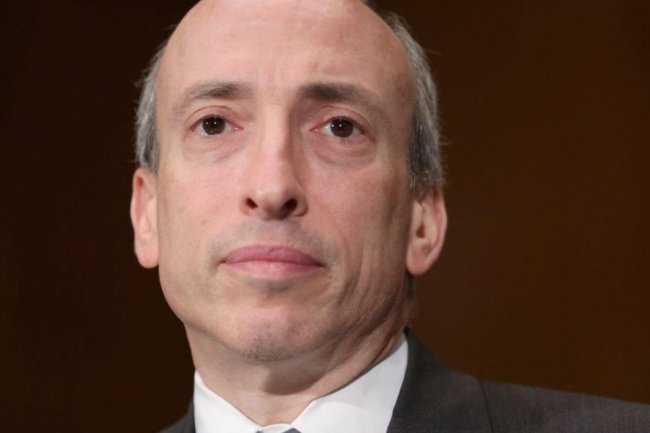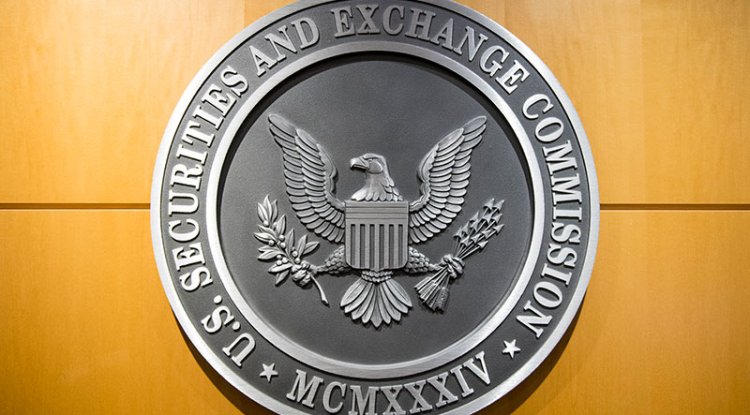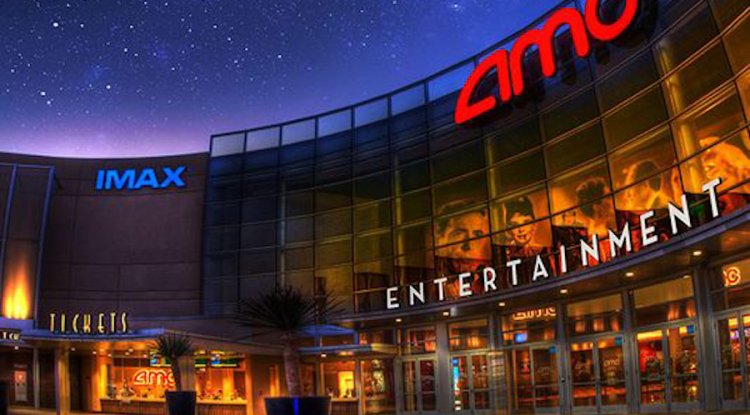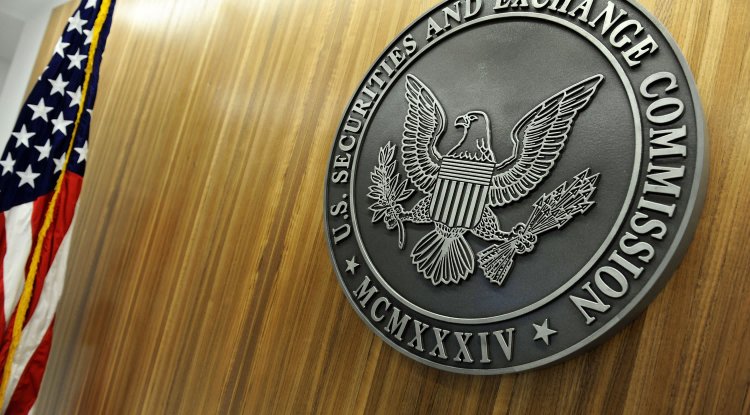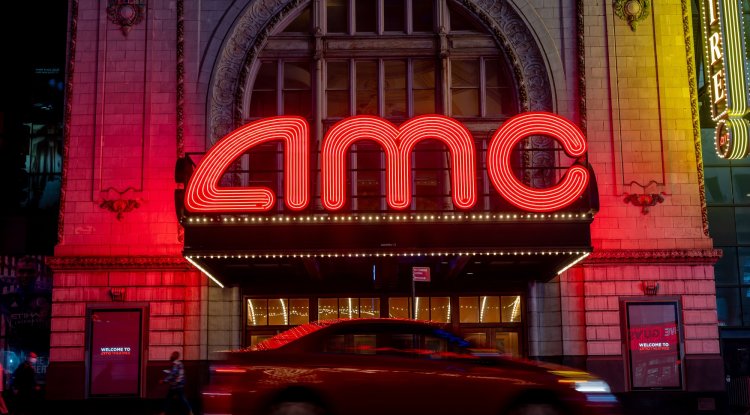Banking Crisis in US: Which Banks are in Trouble Now and What You Need to Know
Discover the latest banking crisis in the US and the potential impact on the banking industry in 2023. Learn which banks are currently in trouble and how the market is responding to the crisis.
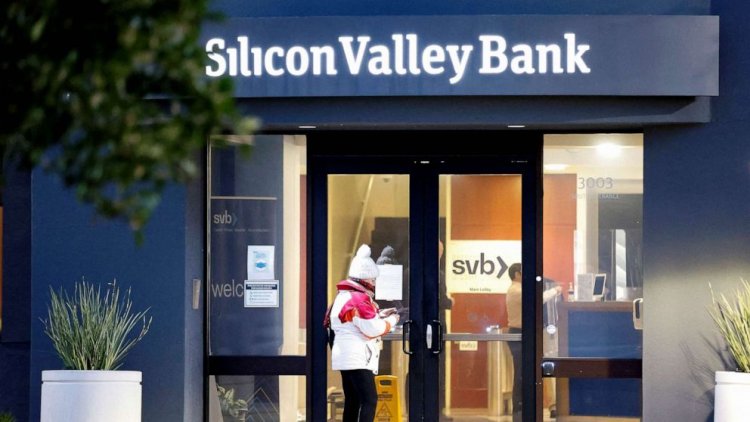
Unless you live under a cave, you must have heard about the current Banking crisis in US. It all started with the fall of Silicon Valley Bank (SVB) then New York’s Signature Bank and the third casualty was of the global financial giant Credit Suisse. Three more banks shut down this year but what just happened and is the trouble over or not?
See, between 2008 and 2019, approximately 532 banks failed, or 48 banks closed a year. Hence, the about six bank collapses this year shouldn't particularly worry us.
The issue is that what distinguishes the bank closures in 2023 is the volume of assets involved. S&P Global estimates that the combined assets of just two bank failures —Signature and Silicon Valley Bank—amount to 87.6% of the combined assets from the 25 bank closures in 2008.
Alarmingly, a recent study discovered that 186 US banks are in danger of failing because of escalating interest rates and a sizable percentage of uninsured deposits.
The study, titled Monetary Tightening and US Bank Fragility in 2023: Mark-to-Market Losses and Uninsured Depositor Runs?, was published on the Social Science Research Network, assessed the market value loss of each bank's assets over the course of the Federal Reserve's effort to raise rates. It warned that without government action or recapitalization, these 186 institutions would likely suffer a similar fate (SVB).
The main worry for the banks under study is that the majority of their assets are made up of mortgage-backed securities and government bonds, both of which are susceptible to interest rates. Due to the Federal Reserve's recent increase in interest rates, the value of those assets dropped.
As a result of holding a large portion of its assets in long-term government bonds, the Silicon Valley Bank was victimized by these rising interest rates. Because they paid less than the current interest rate, these government bonds didn't keep their value as well as they did when they were first purchased. Customers demanded deposit withdrawals, thus SVB sold some of these assets at a loss of about $2 billion to make up for it.
The majority of its clients, tech start-ups, were shaken by the exposure of these losses and withdrew their funds as a result.
According to the research, 10% of banks have lower capitalization than SVB, meaning that SVB wasn't the bank with the weakest capitalization. SVB, however, has a sizable number of uninsured deposits.
"Only 1 percent of banks had higher uninsured leverage. Combined, losses and uninsured leverage provide incentives for an SVB uninsured depositor run," said the report.
Which big Banks are in trouble now?
-
First Republic Bank
Following the Silicon Valley Bank crisis, First Republic was criticized for having uninsured deposits. As it rushed to persuade clients that it can avoid the same fate, its shares dropped.
Rating agencies Fitch and S&P downgraded First Republic on Wednesday due to funding and liquidity problems. They gave it a negative watch, indicating that they have little faith in the bank's ability to meet its obligations.
This had a greater impact on stocks. The San Francisco-based bank's shares closed at $115 per share on March 8, prior to the onset of the US banking crisis. On Thursday, more than a week later, it briefly fell to $20 before ending the day at $34.27 per share.
The 14th-largest bank in the nation, First Republic Bank was established in 1985 and has its head quarter in San Francisco. It is renowned for its services for private businesses and private banking.
A $30 billion rescue package has now been announced by 11 of the largest American banks to support it and prevent a greater disaster.
According to a news statement from the banks, JPMorgan Chase, Bank of America, Wells Fargo, and Citigroup will each contribute around $5 billion, while Goldman Sachs and Morgan Stanley will each contribute about $2.5 billion. A total of $1 billion will be deposited by Truist, PNC, US Bancorp, State Street, and Bank of New York Mellon.
-
Charles Schwab
This week, the stock price of this financial services company fell so drastically that its founder and namesake lost roughly $3 billion of his wealth.
Similar to SVB, the Charles Schwab Company has a sizable investment in long-term Government bonds, raising concerns that it could experience the same cycle of stock sell-offs, declining stock prices, and panicky depositor payouts that contributed to the demise of Silicon Valley Bank.
The fact that Schwab's clients are shifting their assets inside the bank's portfolio towards "safer" government-backed investments is one reason why investors continue to have concerns about the company.
-
Western Alliance Bancorporation
On Monday (March 13), the regional bank with headquarters in Arizona lost 82 percent of its value, prompting the New York Stock Exchange to suspend trading in Western Alliance shares.
The business seemed to be doing well even while SVB failed, and it had excess finances available, so this decline was so unexpected that even a more secure investment bank like Western Alliance could suffer such a severe collapse at week's opening? Undoubtedly a warning of potential contagion.
Only days after Moody's issued its own downgrade warning, the bank's stock dropped by further 8% on Thursday after credit analyst Fitch Ratings began a review of Western Alliance's debt for potential downgrading. The shares of Western Alliance was further crushed by general financial apprehension by 18% on Friday morning.
-
PacWest Bancorp
The PacWest Bancorp of Los Angeles was the other regional bank to suffer severely as a result of the SVB fallout; on Monday, it lost more than 52% of its value and had its trading halted.
A further decline in the value of PacWest was sparked by Fitch Ratings' announcement on Thursday that it intended to lower PacWest's credit in the near future. Because of its own multibillion-dollar exposure to venture capital-funded startups—exactly the kind of floundering company whose economic weakness doomed the startup-indebted SVB to obscurity—the California bank was probably kept at bay.
Latest update (March 22) –
The U.S. central bank again raised interest rates by 0.25%, the ninth increase in a year, as it balances the long-running fight against inflation with the sudden tumult in banking.
Finance Experts’ have split views about this rate hike by Fed, now the time will tell whether it was a wise decision or not.
What's Your Reaction?









